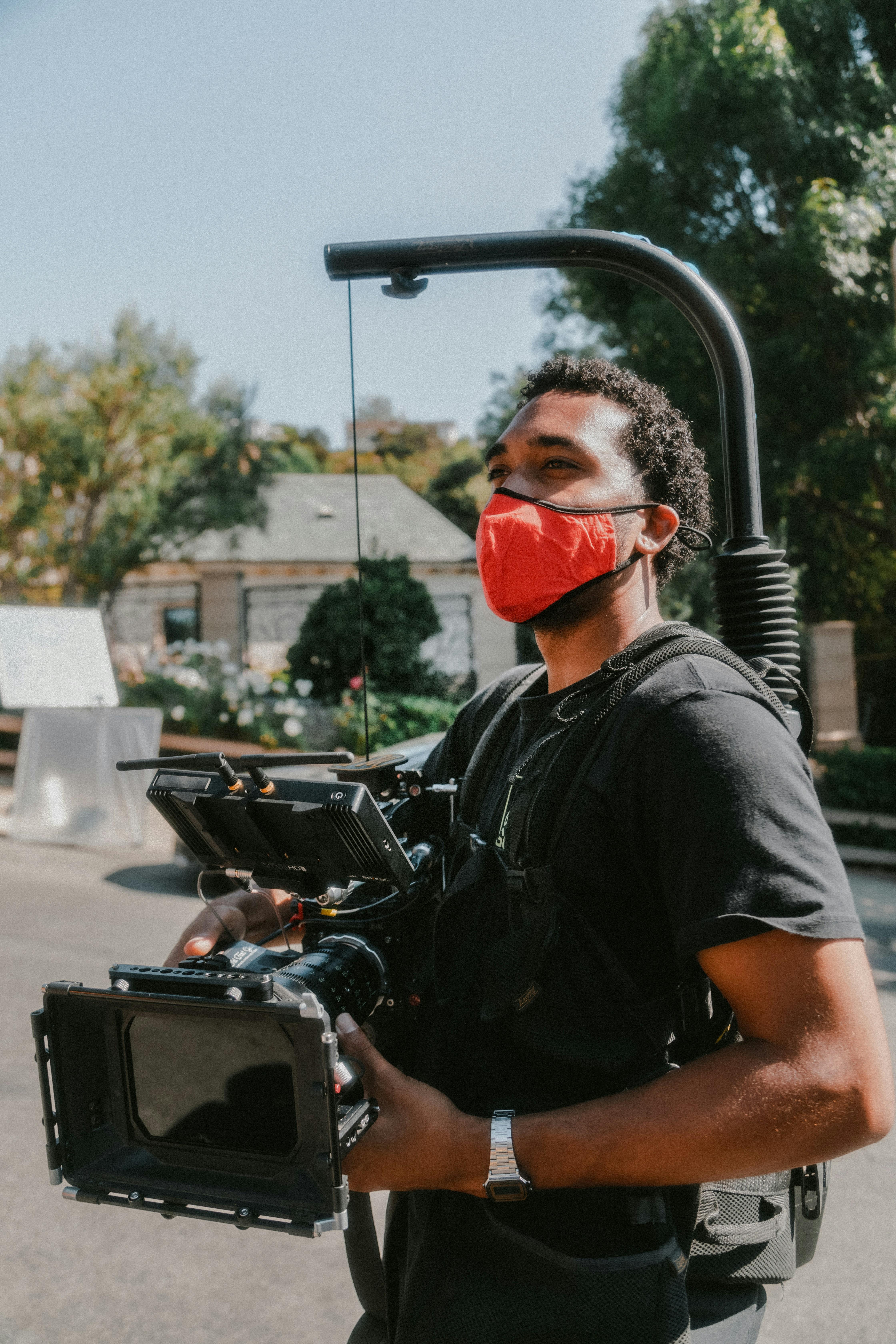In the realm of filmmaking, the director is often viewed as the visionary architect, guiding the narrative from script to screen. However, their role doesn’t always conclude with the final scene’s capture; many directors choose to extend their influence into the editing room. This intersection of directorial vision and post-production craftsmanship raises a pivotal question: does a director’s involvement in editing enhance or impede the film’s ultimate impact? By dissecting the collaborative dynamics between directors and editors, examining case studies, and evaluating creative outcomes, this article seeks to unravel the complexities of directorial engagement in the editing process. With an analytical lens, we will explore whether this involvement acts as a catalyst for cinematic brilliance or a potential stumbling block to artistic cohesion.
Directors Role in Post-Production: A Double-Edged Sword
The director’s presence in the post-production suite can be both a boon and a bane. On one hand, their deep understanding of the narrative can bring a cohesive vision to the editing process. Directors often have a clear sense of the film’s rhythm, pacing, and emotional beats, ensuring that the final cut aligns with the intended storytelling. This involvement can lead to a more authentic and impactful film experience.
- Ensures narrative consistency
- Preserves the director’s artistic vision
- Enhances emotional resonance
Conversely, a director’s proximity to the material may lead to biased decisions. Emotional attachment can cloud judgment, causing resistance to necessary cuts or changes that could benefit the film. Additionally, directors might overlook fresh perspectives that an experienced editor brings to the table. This can result in a film that is overly indulgent or lacks clarity, ultimately hindering its potential.
- Potential for biased editing choices
- Resistance to external input
- Risk of narrative indulgence

Balancing Vision and Objectivity: The Director-Editor Dynamic
In the intricate dance between director and editor, the equilibrium of vision and objectivity becomes crucial. Directors often bring a deeply personal vision to a project, which can be both a blessing and a challenge during the editing process. Their involvement can infuse the film with authenticity and coherence, ensuring that the narrative aligns with their original intent. However, this close attachment can also blur the lines of objectivity, potentially overshadowing critical aspects such as pacing, continuity, and audience engagement.
- Pros of Director Involvement:
- Ensures the film stays true to the original vision.
- Facilitates a deeper understanding of character arcs and storylines.
- Cons of Director Involvement:
- Risk of losing impartiality, leading to a less engaging narrative.
- Possibility of overlooking technical or structural flaws.
Editors, on the other hand, serve as the crucial counterbalance. They bring a fresh perspective, critical for honing the story into a polished final product. This dynamic interplay between director and editor, when navigated effectively, can result in a film that is both visionary and finely tuned to captivate its audience.

Case Studies: Successes and Missteps in Director-Led Editing
Examining various films reveals intriguing outcomes when directors take a hands-on approach in the editing room. Peter Jackson’s work on The Lord of the Rings trilogy showcases the potential triumphs of such involvement. His meticulous attention to detail and deep understanding of the story’s rhythm enabled a seamless narrative flow, creating an immersive experience that resonated with audiences worldwide.
- Success: The trilogy’s critical and commercial success underscores how a director’s vision can be fully realized through active participation in editing.
- Misstep: On the flip side, Michael Cimino’s involvement in Heaven’s Gate serves as a cautionary tale. His insistence on extensive edits and reshoots contributed to the film’s notorious budget overruns and lackluster reception.
These cases highlight the dual-edged nature of director-led editing. While it can enhance narrative coherence and artistic vision, it also risks overindulgence and loss of perspective. The balance between creative control and collaborative input often determines the final impact.

Recommendations for Directors: Navigating the Editing Room
Directors venturing into the editing room must strike a balance between vision and collaboration. To ensure that their involvement enhances rather than hinders the final product, directors should consider a few key strategies. Embrace collaboration with editors, leveraging their expertise while clearly communicating your artistic vision. This partnership can transform raw footage into a cohesive narrative that aligns with the intended storytelling.
- Be Open to Feedback: Directors should be willing to consider constructive criticism, allowing for a fresh perspective that might elevate the film.
- Focus on Storytelling: Prioritize narrative clarity over personal attachment to specific scenes or shots. This often requires difficult decisions but ultimately benefits the film.
- Maintain a Clear Vision: While collaboration is key, directors should not lose sight of their original vision. Consistency in tone and style is crucial.
By fostering a creative dialogue and focusing on the film’s core message, directors can effectively contribute to the editing process, ensuring their involvement is a strength rather than a setback.

